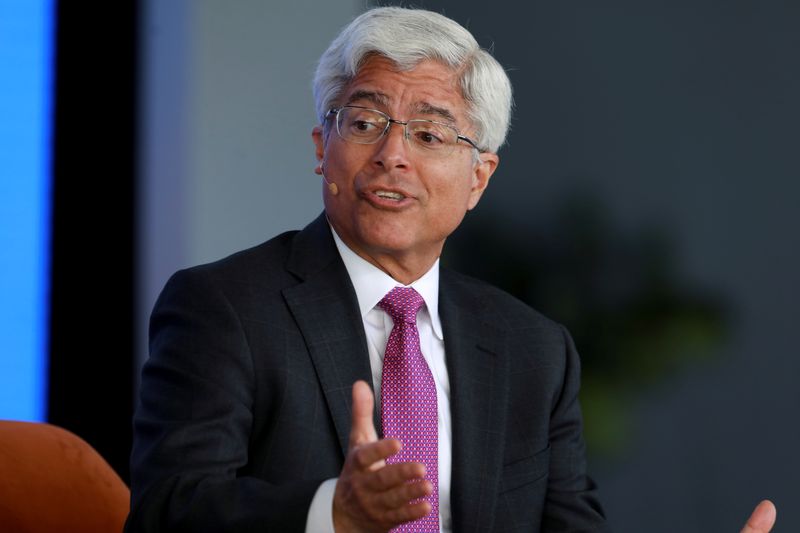In recent discussions surrounding the future of clean energy initiatives in the United States, industry leaders are voicing significant concerns about the incoming Trump administration’s stance on the Inflation Reduction Act (IRA). This legislation, championed by outgoing President Joe Biden, earmarked hundreds of billions of dollars for clean energy projects aimed at mitigating climate change. Pedro Pizarro, CEO of Edison International, emphasized the importance of preserving the clean energy and electric vehicle (EV) tax credits embedded in the IRA during a conversation at the COP29 climate summit in Baku, Azerbaijan. The utility sector sees these incentives as vital not only for fostering business growth but also for delivering direct benefits to consumers, with Pizarro stressing that the advantages of the IRA primarily flow to customers rather than shareholders.
Despite Pizarro’s advocacy for the IRA, the incoming Trump administration has shown intentions to dismantle significant portions of the law. President-elect Trump, known for his skepticism about climate change initiatives, has voiced plans to revoke clean energy programs, contingent on obtaining Congressional support. This potential rollback poses a critical risk to the investments in renewable energy that have gained traction under the current administration. Pizarro highlighted that the utility industry’s lobbying efforts are designed to communicate the positive impacts of the IRA, particularly in terms of energy storage, transmission, nuclear power, hydrogen, and electric vehicles—sectors crucial for the economy’s transition to sustainable energy.
The stakes of this debate extend beyond isolated sectors; they encompass broader economic implications across various states. The Electric Vehicle and Battery Manufacturers Coalition, which includes prominent names like Rivian, Tesla, and Panasonic, has also joined the conversation, urging Trump to reconsider any moves against the EV tax credits. These credits not only facilitate consumer access to electric vehicles but support jobs and economic activity in states that are significant for Republican constituencies. Their plea underscores the interconnected nature of clean energy policies and a broader economic strategy, indicating that any potential revocation of these credits could have backlash effects in pivotal electoral regions.
Within this complex landscape, the role of industry advocacy groups like the Edison Electric Institute (EEI) becomes crucial. As Pizarro noted, EEI members, which include major utilities such as Duke Energy and Southern Company, are gearing up for an active campaign to articulate the benefits associated with the IRA. Their focus will be directed toward educating lawmakers on Capitol Hill about how the IRA serves not just the interests of the utility sector but also the broader community. This strategy is rooted in the understanding that effective communication about economic and social benefits can influence legislative outcomes.
As the Trump administration’s transition team formulates its energy policy, the timing is critical for utility companies to mobilize their resources and relationships. Dan Brouillette, the former energy secretary, who resigned just before the elections, is now playing an integral role in shaping the energy agenda under the new administration. With industry leaders like Pizarro actively lobbying for the retention of tax credits, there is a concerted effort to ensure that clean energy remains a priority amid potential policy shifts. The urgency of these discussions reflects a pivotal moment for the future of renewable energy infrastructure in the United States.
Overall, the outcome of these efforts will largely hinge on the interplay between industry influence and political will within the new administration. The electric utility sector is vibrant with possibilities for growth through renewable resources, yet the journey ahead has become unpredictable with the impending changes in governance. As stakeholders advocate for the preservation of the IRA, their collective action could determine the trajectory of clean energy investments, consumer advantages, and U.S. climate policy in the years to come. With significant resources at stake, the advocacy landscape is poised for a decisive confrontation between the ideals of clean energy progress and the economic priorities of the incoming administration.

